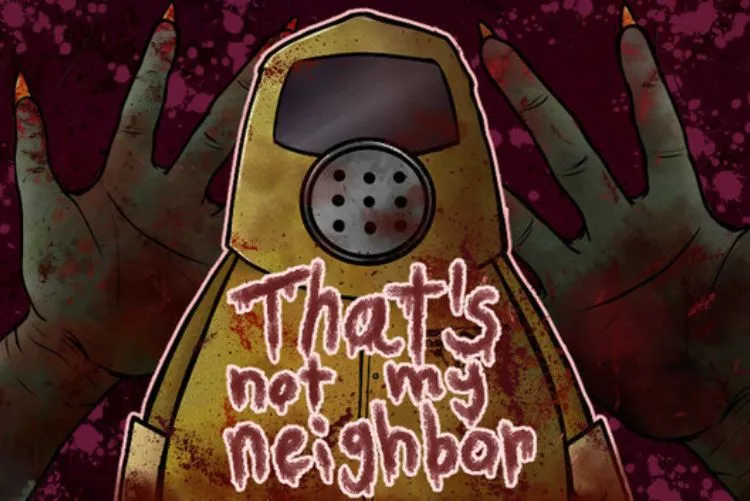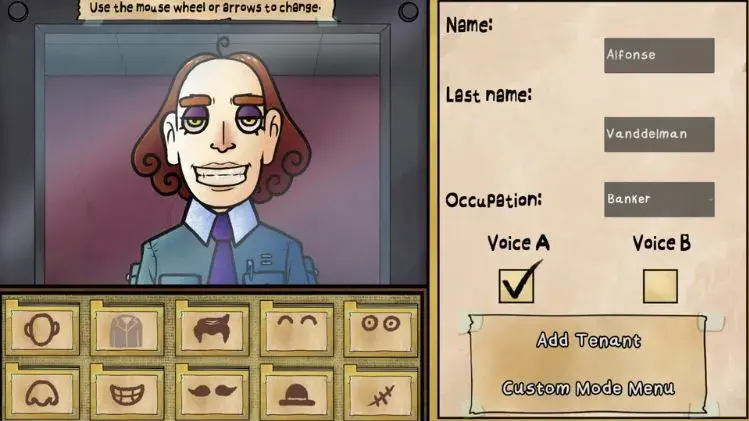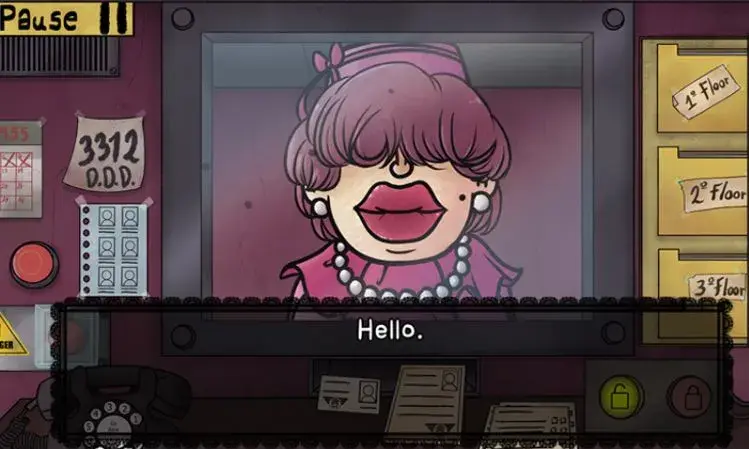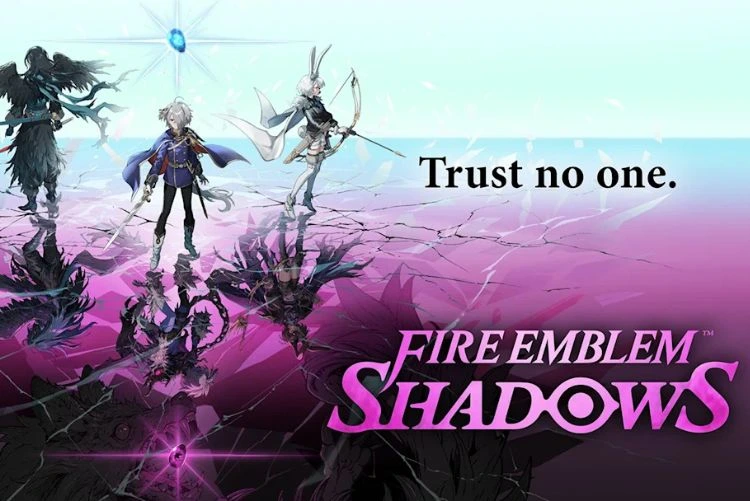That’s Not My Neighbor Game Review – Horror You Can’t Ignore

Horror games have always been a favorite for players who enjoy tension, fear, and unexpected twists. That’s Not My Neighbor is one such title that has caught the attention of gamers around the world. Released in early 2024 by independent developer Nacho Sama, this game quickly became popular because of its unique idea, scary atmosphere, and viral playthroughs on YouTube and TikTok. Unlike regular horror games where you run away from monsters, the fear comes from facing your “neighbors” and finding out who is real and who is a dangerous copy.
Game Overview:
-
Developer: Nacho Sama (an indie developer).
-
Release: February 2024 on itch.io (later on Steam).
-
Genre: Horror + Simulation (inspired by Papers, Please).
-
Story: Set in 1991, you play as a doorman working for the Doppelgänger Detection Department (D.D.D.), checking IDs to stop shapeshifters from entering.
-
Gameplay: Observation-based, you compare documents, voices, and appearances to spot fakes.
-
Popularity: Went viral on TikTok, YouTube, and Twitch because of its tense atmosphere and “spot the impostor” gameplay.
Story and Concept

The game is set in 1991, in an alternate reality where strange creatures called Doppelgängers exist. These are beings that can perfectly copy the appearance of humans. Because they are dangerous and hard to identify, the government creates a special agency called the Doppelgänger Detection Department (D.D.D.).
You play as a simple doorman in an apartment building who has been hired by this department. Your job is to check everyone entering the building and decide whether they are the real tenant or a disguised doppelgänger. At first, it sounds easy, but as you continue, the job becomes stressful. Every mistake can cost lives, and the doppelgängers are clever enough to trick you.
This concept makes the game different from other indie horror titles. Instead of fighting enemies, you rely on observation, judgment, and attention to detail.
Gameplay

The core gameplay is similar to “Papers, Please”, a famous indie game where you check documents at a border. In That’s Not My Neighbor, you sit inside a small office at the apartment entrance. One by one, neighbors arrive and request entry. You must check their IDs, look at their faces, listen to their voices, and compare everything carefully.
The game gives you tools like:
-
Identification cards of real tenants.
-
Photos and personal details to compare.
-
Phone access to call tenants for confirmation.
If you think someone is suspicious, you can deny entry or call the special agents. But if you make a wrong decision, the consequences are frightening. Sometimes a real neighbor might get upset, and sometimes a doppelgänger might slip inside, leading to terrifying results.
The tension comes from never being fully sure. Doppelgängers may look correct but speak oddly, or they might have a small mismatch in their ID. The game trains you to notice these little details while making quick choices.
Horror Atmosphere
The horror in That’s Not My Neighbor is not about jumpscares alone. It is about psychological fear. You constantly feel watched, and the possibility of being tricked creates pressure. The sound design is especially strong quiet background noises, sudden eerie music, and unsettling voices all adding to the fear.
The art style looks like a hand-drawn cartoon, but this only makes the game creepier. Seeing friendly, simple characters mixed with doppelgänger distortions creates an uncanny effect. The contrast between the light visuals and the dark theme makes the atmosphere unforgettable.
Why It Went Viral
After its release in March 2024, the game quickly spread on YouTube, Twitch, and TikTok. Streamers loved it because it creates suspense not only for the player but also for the viewers. Every decision feels risky, and audiences enjoy shouting advice or reacting to shocking moments.
Memes and short clips of suspicious neighbors also helped the game become popular. Many players compared it to Among Us because of the theme of finding impostors. But unlike Among Us, this game is single-player and more focused on slow tension rather than teamwork.
Strengths of the Game
-
Unique Idea – The concept of identifying doppelgängers instead of fighting monsters makes the game fresh.
-
Replay Value – Each playthrough feels different because the neighbors change, and the suspense never fully disappears.
-
Atmosphere – Simple graphics combined with chilling sound design create a strong horror mood.
-
Accessibility – It runs on most PCs since it is lightweight, making it easy for a wide audience to try.
-
Viral Appeal – The game’s design makes it fun to watch as well as play, increasing its reach.
Weaknesses
Like any indie game, it also has a few drawbacks:
-
Repetitive Gameplay: After a while, checking IDs and comparing details may feel repetitive to some players.
-
Short Length: Many players finished the main content in just a few hours.
-
Limited Story Depth: The background of the doppelgängers and the world could have been expanded more.
Even with these issues, most players agree that the experience is memorable and worth trying.
Community and Mods
Because of its popularity, fans have already started making fan art, mods, and custom versions. On platforms like itch.io and Steam discussions, you can find creative changes like new neighbors, different periods, or added difficulty. This shows how strongly the community connected with the game.
In Short, That’s Not My Neighbor proves that a small indie game with a simple idea can become a global success when done creatively. By mixing horror, puzzle, and observation mechanics, it creates an experience that is both scary and engaging. It is not about loud monsters chasing you but about the quiet fear of not knowing who to trust.
This is a must-try if you enjoy games like Papers, Please, Among Us, or other psychological horror titles. Even if you normally avoid horror, the unique style and detective-like gameplay make it interesting.
Conclusion
In 2024, many big studios released expensive horror games, but That’s Not My Neighbor stood out without heavy graphics or large budgets. Its success proves that good ideas matter more than money. The simple setting of a doorman checking IDs became a stage for one of the most stressful and unforgettable horror experiences of the year.
This game is a reminder that sometimes the scariest monster is not the one chasing you in the dark, but the one pretending to be your friendly neighbor at the door.






